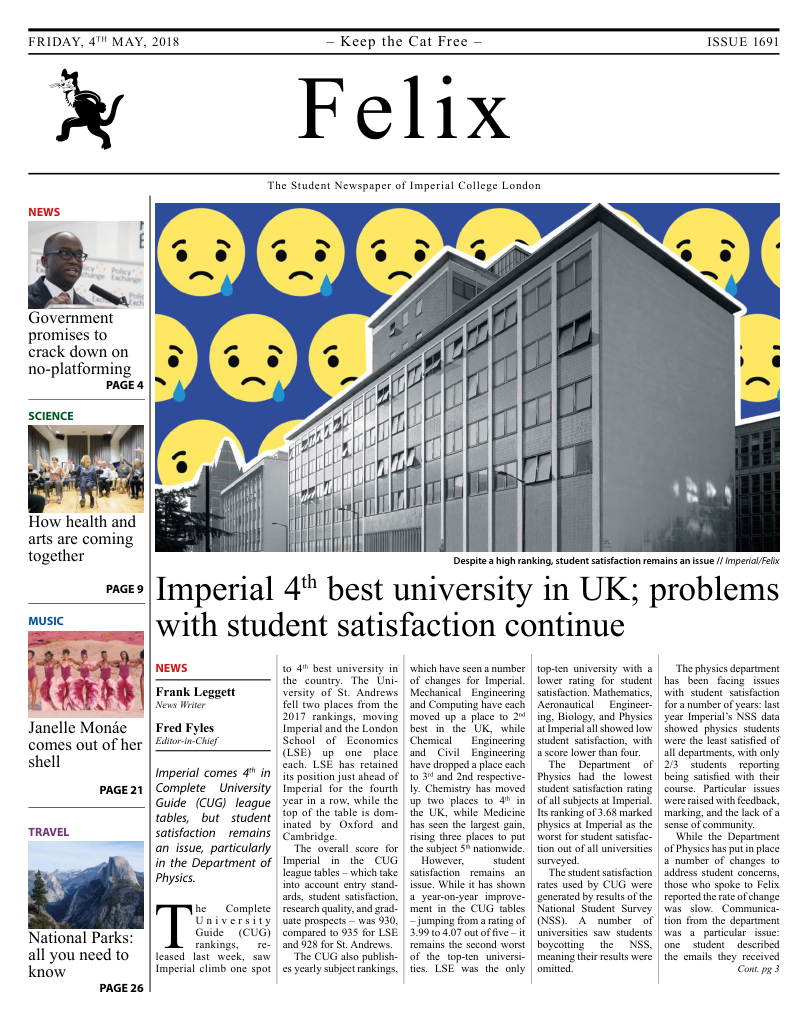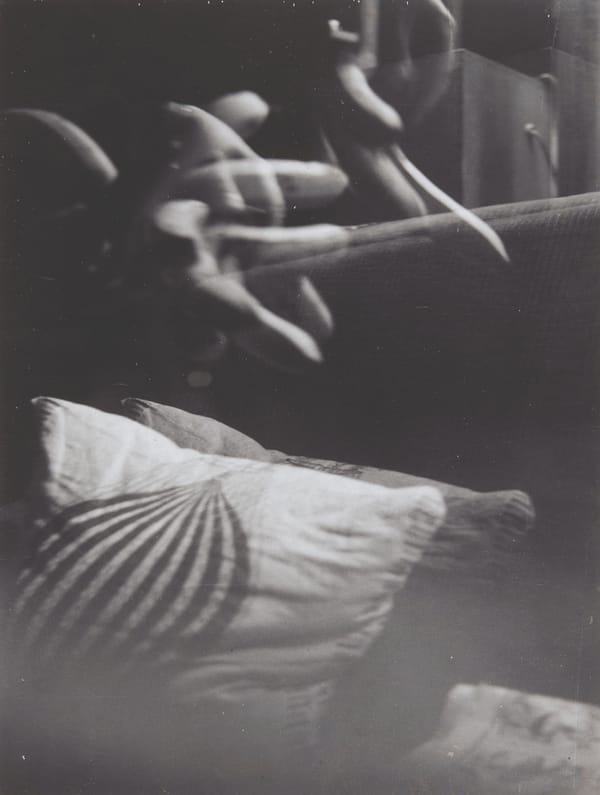Fashioned from Nature, but at what cost?
V&A’s exhibition explores the history of fashion, from its environmental cost to sustainable eco-fashion today.

Fashion is unnatural – and distinctly human. Whether you pay much attention to it or not, the clothes that you wear express something about your individuality and, in turn, each of us have a personal and subjective response to fashion.
The V&A’s Fashioned from Nature exhibition makes you aware of this personal response. The exhibition displays the natural with the unnatural, with a bizarre juxtaposition of real animal bones and furs next to dresses designed to turn women into the living embodiment of flowers. The atmosphere feels slightly jarring, with recordings of birdsong mixed with a mechanical clacking of looms and sewing machines.
And yet the designs are beautiful, celebrating nature through floral prints and exotic natural materials, meeting our aesthetic desire for something new. Through its display of fashion from the 1600’s next to natural history specimens and new innovative fabrics, the exhibition asks us to look frankly at the past and make up our own minds on whether or not we can design a more sustainable future for the industry.
For all the beauty of the clothing and drawings, the exhibition leaves you feeling uncomfortable as you read about the damage the industry has had on the environment. The mechanisation of cloth production in the 1700’s was one of the main drivers of the industrial revolution; the industry boomed as the population of Britain tripled during the following century.
“This exhibition gives a frank and, ironically, unattractive history of fashion”
More and more coal was used to fuel the high volume of production, polluting the air and water. Our desire for the exotic led to the poaching of exotic animals for their furs, hides and feathers. Displayed, we see female corsets and dresses stiffened with baleen, or whalebone, and hear about how this trend led to the severe over-hunting of whales.
And yet, despite all the damage, we see how humans have been inspired by nature; the use of fur and feathers in fashion was paired with a significant societal interest in natural history and botany, demonstrated by a multitude of floral designs, and detailed drawings from books published in the same era.
As the exhibition transports us into the 20th century, we see how fashion adapted to accommodate a desire for change, providing a medium through which we could reflect our social concerns.
By the 80’s a number of popular designers were starting to use fashion as a way of raising awareness to the damage humans are causing the planet. T-shirts started carrying slogans, encouraging people to think and act on topics such as nuclear weapons, famine, and the environment. Alexander McQueen used prominent images of nature to make us consider our attitudes towards the environment and Stella McCartney aimed to combine great design with sustainable materials. We are brought into an era of ‘eco-fashion’ where consumers are now encouraged to ask, ‘how are my clothes made?’ and ‘who made them?’.
“Fashion adapted to accommodate a desire for change, providing a medium for reflecting social concerns”
Having seen how fashion can be used to spread ideas, we are shown how designers have catalysed innovations which are making textiles and manufacturing processes increasingly environmentally friendly. We see the stunning Calvin Klein dress worn by Emma Watson to the Met Gala in 2016 which was made completely of recycled plastic bottles. Also featured in the exhibition are eco-hybrid designs, cellulose couture, modern leather grown from mycelium, and a dress grown from roots. You can hear Vivienne Westwood’s vision of moving towards a sustainable fashion future come to life. Her advice: “buy less, choose well, make it last”.
This thought-provoking exhibition gives a frank and, ironically, unattractive history of fashion, but it also highlights the role it has played and still plays in spreading ideas and shaping culture. When asked whether we can create a more sustainable fashion industry, I find myself optimistic. Though fashion may seem fickle, if we look back over the last century we can find a number of constants; a love of detail, high quality materials, high standard of workmanship and a search for something new. As ‘conscious’ clothing becomes increasingly fashionable, it will become ever more available as high street brands adopt and adapt to the latest innovative techniques and textiles. But even if you can be convinced that we are headed towards a greener future, I have to ask, are you prepared to forgive fashion for its damaging past? I’ll let you decide.
4 Stars
Where? V&A When? Until 27 Jan 2019 How Much? £10 students









